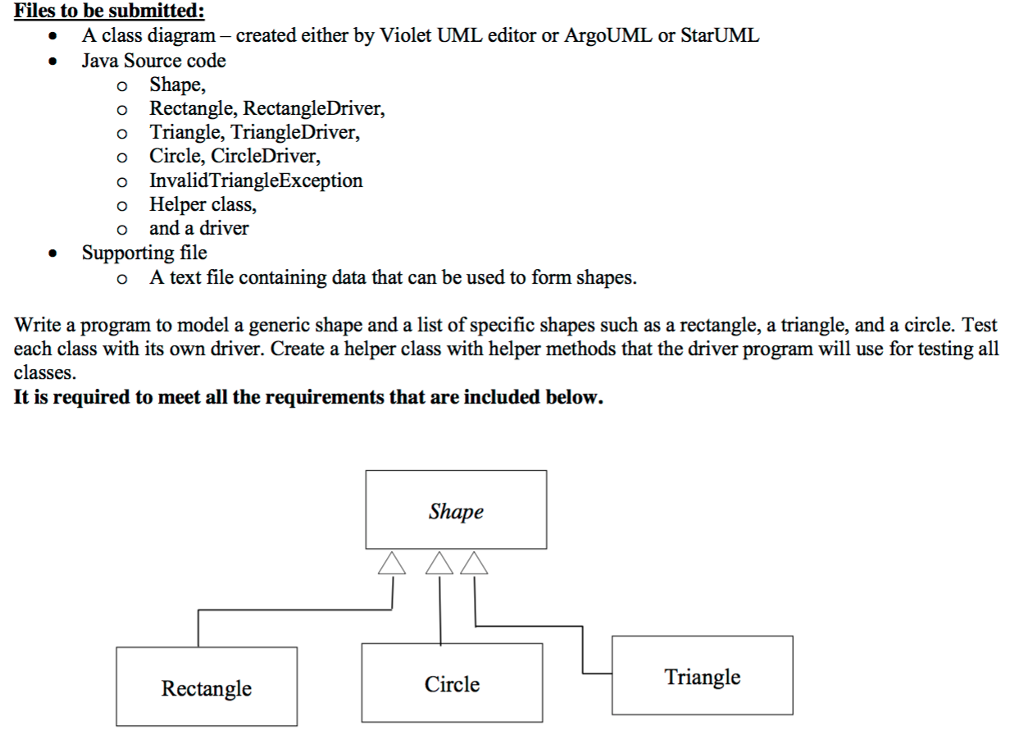


Stay under the 60/70-hour driving/working limits.Complete a record of duty status (a log, in other words, either physical or electronic).
#DOT 4 SUPPORTING FILE DRIVER DRIVER#
You want to make extra sure that you keep a lot of records about driver hours of service and that you keep them around for a while. The FMCSA was created mainly to improve public safety, so it makes sense that their biggest focus is driver hours, also called hours of service. Okay, let’s look at a rundown of what documents and records you need to keep around and for how long: Hours of service And it’s pretty cheap these days to get hard drives and cloud-based online storage for digital data and scanned images. And there’s no downside to keeping things around for a long time, except maybe if you’re running out of physical space or digital storage space.īut it’s not hard to find a place to put an extra filing cabinet or two.

There’s nothing stopping you from keeping records much longer. The best tip for business-related record retention is:įMCSA lists minimum regulations. If you get rid of your records too early, you could face hefty fines if there’s an audit or investigation. Some things you can get rid of after a few months other things you have to keep around for many years. In other words: how long you have to keep your business-related documents around. One area that the FMCSA rules cover is record retention. The FMCSA laws cover all non-exempt commercial motor vehicles that cross state lines, including big rig trucks. If you’re new to managing or owning a trucking company, you’ll need to become familiar with the Federal Motor Carrier Safety Administration (FMCSA) regulations. For the complete regulations, see the FMCSA website. It is not intended as complete coverage of the regulations. Note: This article is an introduction to FMCSA record retention for new owner-operators or as a refresher for experienced trucking company owners. “How long do I have to keep these?”: FMCSA record retention for owner-operators and small fleet owners


 0 kommentar(er)
0 kommentar(er)
